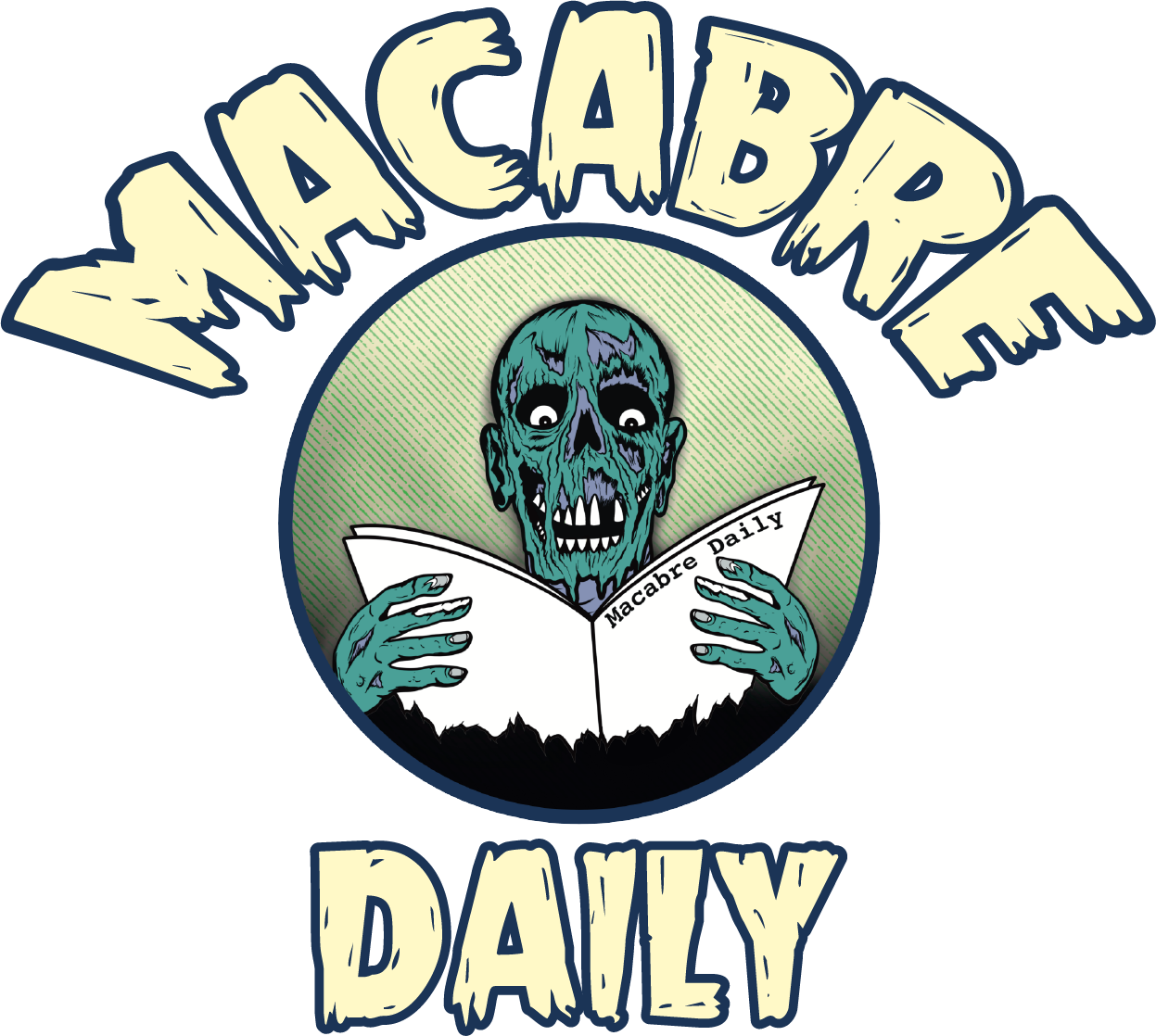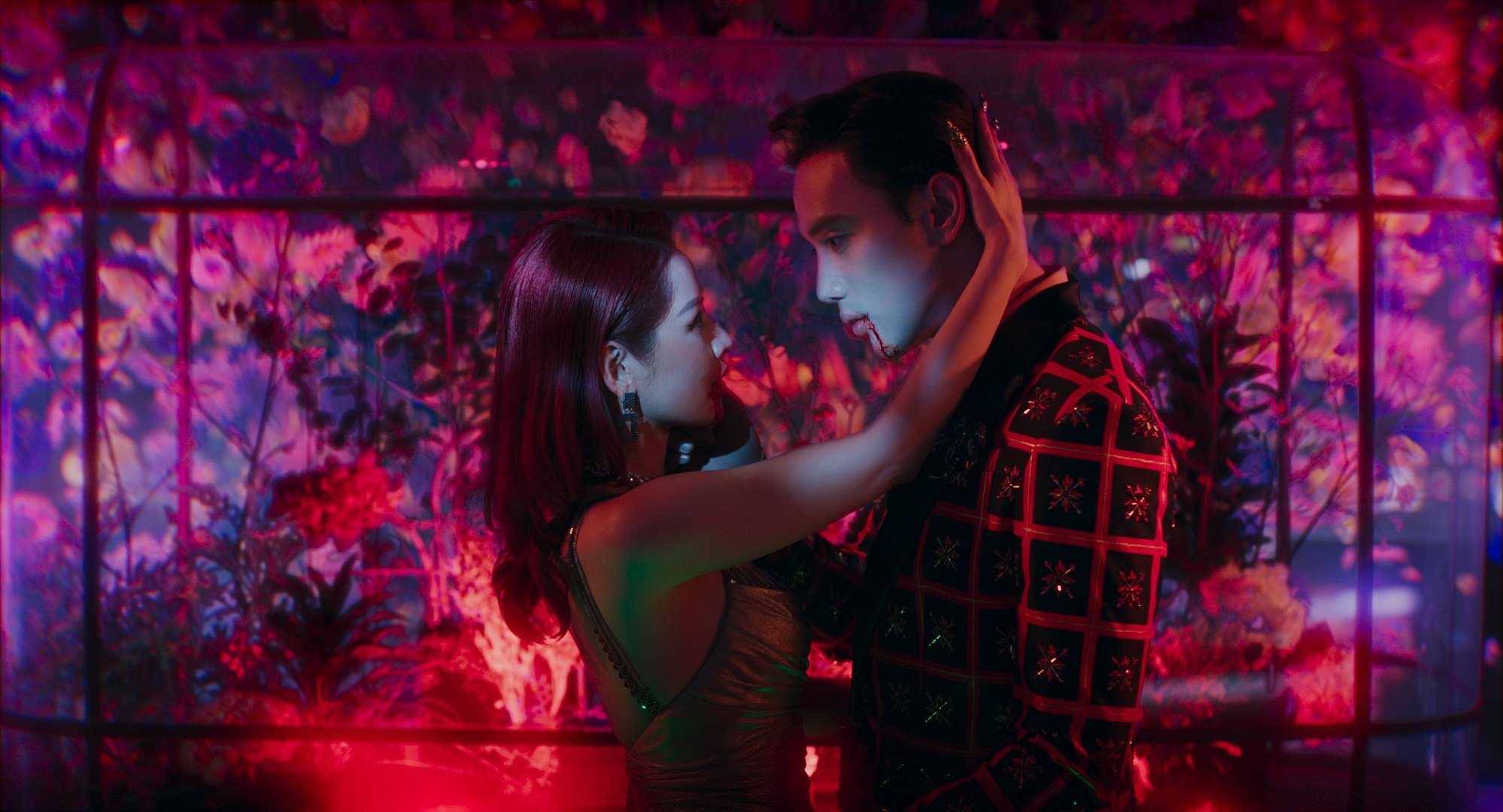RETRO REVIEW: 'DAY OF THE DEAD (1985)' IS A GORY & THOUGHT-PROVOKING JOURNEY INTO THE HEART OF THE UNDEAD
Credit: United Film Distribution Company
In the vast landscape of zombie cinema, George A. Romero stands as a towering figure, a maestro of the macabre who carved out his niche in the horror genre with unparalleled finesse. With DAY OF THE DEAD, the third installment in his iconic Dead series, Romero delves deeper into the existential dread lurking amidst the undead apocalypse. As I sink my teeth into this gore-laden masterpiece, I find myself ensnared by its grisly charm, entranced by its biting social commentary, and captivated by its raw, unapologetic exploration of human nature amidst chaos.
Set in a claustrophobic underground bunker, DAY OF THE DEAD thrusts us into a world overrun by flesh-eating zombies, where a small group of survivors grapple not only with the relentless undead horde but also with the ever-looming specter of their own humanity unraveling. Led by the resolute but increasingly unhinged Captain Rhodes (Joseph Pilato), the survivors include Dr. Sarah Bowman (Lori Cardille), the compassionate scientist desperate for a cure, and Dr. Logan (Richard Liberty), a.k.a. "Dr. Frankenstein," whose controversial experiments on the undead blur the line between salvation and damnation.
Romero's masterstroke lies in his ability to infuse his grisly tale with a potent cocktail of social commentary and psychological depth. Beneath the blood-soaked surface, DAY OF THE DEAD serves as a scathing critique of militarism, scientific hubris, and the fragility of societal norms in the face of catastrophe. Through the escalating tensions between Rhodes and the scientists, Romero lays bare the primal instincts and moral decay that fester within us when civilization crumbles.
Credit: United Film Distribution Company
Visually, DAY OF THE DEAD is a visceral feast for the senses. Tom Savini's special effects work is nothing short of spectacular, with each gory set piece meticulously crafted to elicit both awe and revulsion. From the iconic disembowelment sequence to the haunting makeup effects that bring the undead to life, Savini's artistry elevates the film to a realm of visceral horror seldom seen before or since.
The performances are a frenetic dance of survival and insanity, capturing the fraying edges of humanity in a world overrun by the undead. With each character's struggle, the ensemble delivers a raw and gripping portrayal that elevates this zombie classic beyond its genre trappings.
At the heart of the chaos is Lori Cardille as Sarah, a scientist grappling with the moral dilemmas of experimentation amidst societal collapse. Cardille infuses Sarah with a potent mix of vulnerability and resilience, making her the emotional anchor amidst the film's relentless tension. Her journey from skepticism to determination is a captivating arc, showcasing Cardille's range and depth as an actress.
Opposite Cardille is Joseph Pilato's unforgettable portrayal of Captain Rhodes, the epitome of unchecked authority spiraling into madness. Pilato's performance is a tour de force of intensity, his towering presence and volatile temper commanding every scene he's in. As the tensions within the underground bunker escalate, Pilato expertly navigates Rhodes' descent into tyranny, creating a villain as complex as he is terrifying.
Supporting performances from Terry Alexander as the pragmatic pilot John and Richard Liberty as the eccentric scientist Dr. Logan add layers of depth to the film's ensemble. Alexander brings a quiet strength to John, serving as a foil to the chaos around him, while Liberty's portrayal of Dr. Logan is equal parts brilliant and unhinged, injecting moments of dark humor into the film's bleak landscape.
Credit: United Film Distribution Company
However, what truly sets DAY OF THE DEAD apart is its unflinching exploration of the human psyche in extremis. As tensions mount and paranoia consumes the survivors, Romero deftly peels back the layers of their collective psyche, revealing the fragile bonds that tether them to sanity in a world gone mad. In the character of Dr. Logan, we witness the seductive allure of scientific curiosity morph into a grotesque obsession, blurring the line between genius and madness with chilling precision.
At the heart of this film lies a profound existential dilemma: in a world devoid of hope, where survival is merely a prelude to an inevitable demise, what does it truly mean to be human? Through its harrowing depiction of characters teetering on the brink of despair, Romero confronts us with this fundamental question, forcing us to confront our own mortality and the existential void that lies beyond.
While DAY OF THE DEAD may lack the relentless tension of its predecessors, it more than compensates with its rich thematic depth and uncompromising vision. In an era dominated by mindless splatterfests and shallow jump scares, Romero's magnum opus serves as a sobering reminder of the power of horror to provoke, challenge, and ultimately enlighten.
It is a triumph of horror cinema, a bleak and uncompromising vision of a world teetering on the brink of oblivion. With its potent blend of visceral thrills, social commentary, and psychological depth, it stands as a testament to George A. Romero's enduring legacy as one of the genre's true visionaries. If you have the stomach for it, DAY OF THE DEAD is an experience not to be missed – a journey into the heart of darkness that will leave you haunted long after the credits roll.
Credit: United Film Distribution Company
THE GORY DETAILS:
All the extras who portrayed zombies in the climax received for their services a cap that said "I Played A Zombie In 'Day of the Dead'", a copy of the newspaper from the beginning of the film (the one that says THE DEAD WALK!), and one dollar.
The original script, for which George A. Romero couldn't get a budget, involved the scientists living above ground in a fortress protected by electrified fences and the military living safely underground. It also involved a small army of trained zombies, and the conclusion to the trilogy more brutal than the released version. This later became the basis of LAND OF THE DEAD (2005).
The book Dr. Logan gives to Bub is Stephen King's "Salem's Lot." George A. Romero and King have been friends for many years.
MY RATING: 8.5/10
WHERE TO WATCH:
Hulu, Philo, Tubi, Pluto TV, Peacock, Sling TV, The Roku Channel, Redbox, Crackle, PLEX, fuboTV, AMC+, YouTube, Amazon Prime, and Apple TV.
Stay up to date with “The Dark Side Of Pop Culture” by following Macabre Daily on Instagram, Facebook, and Twitter.














